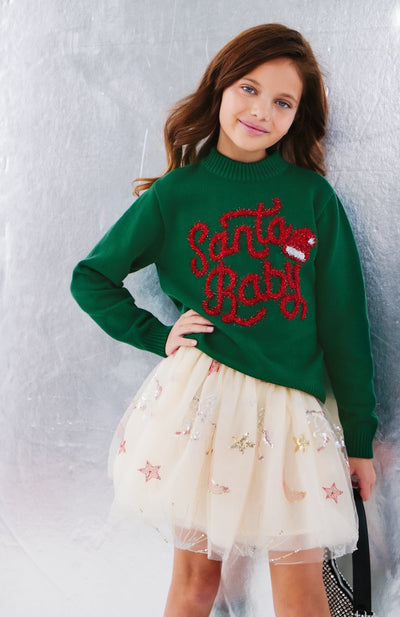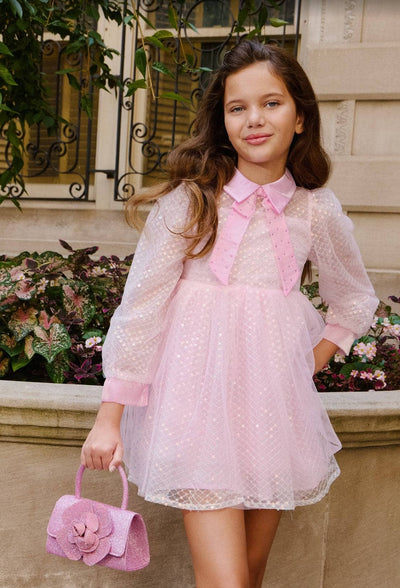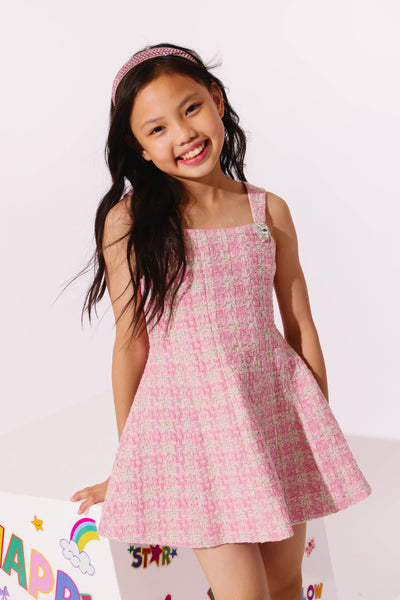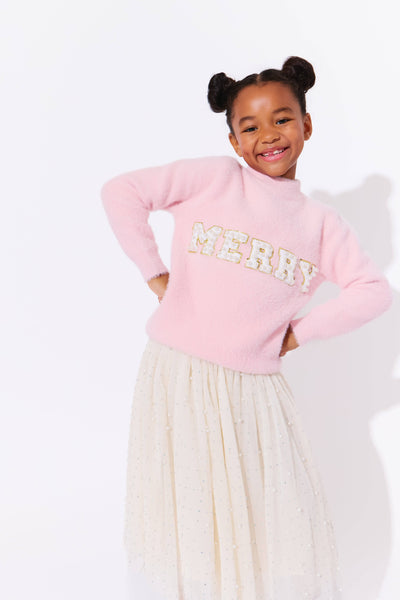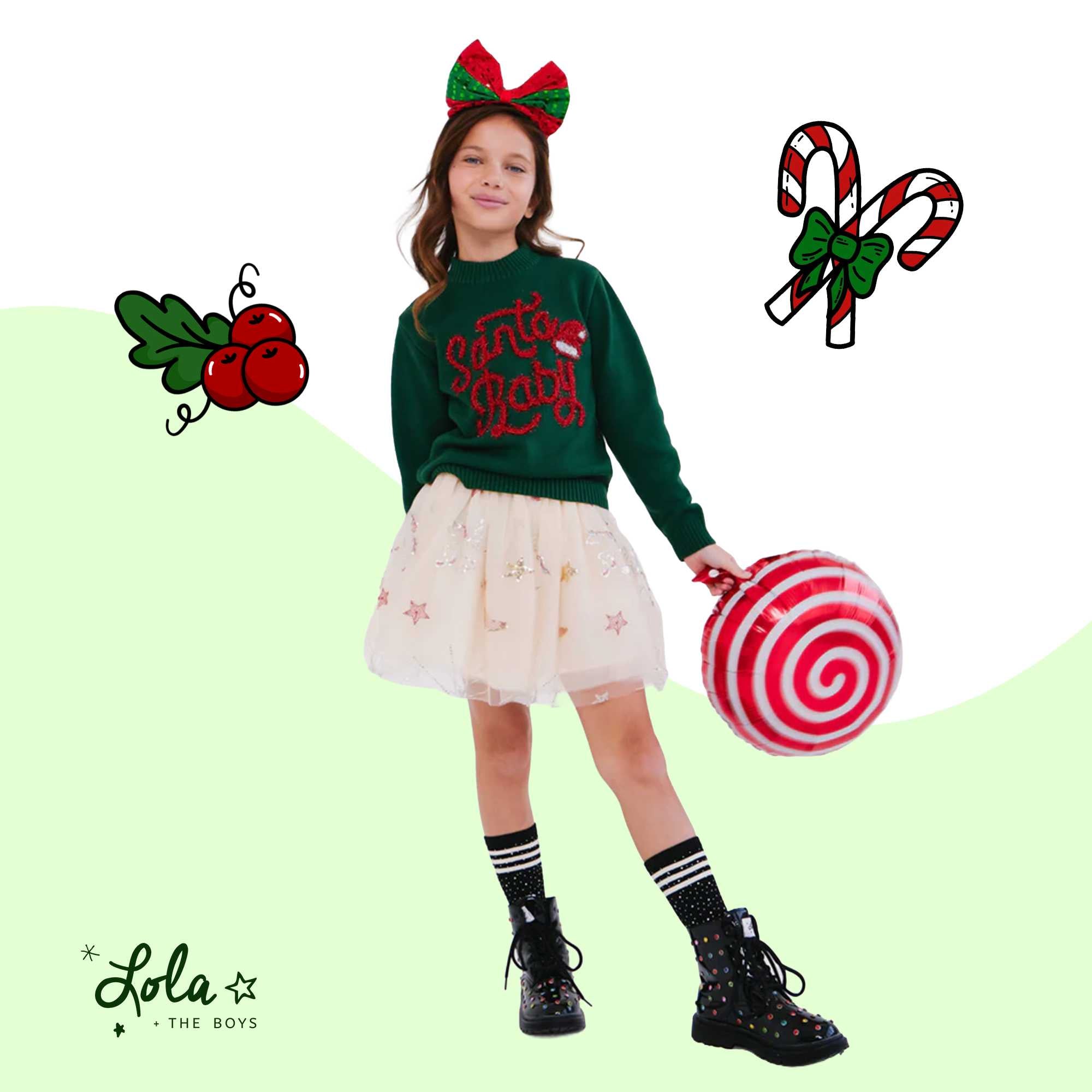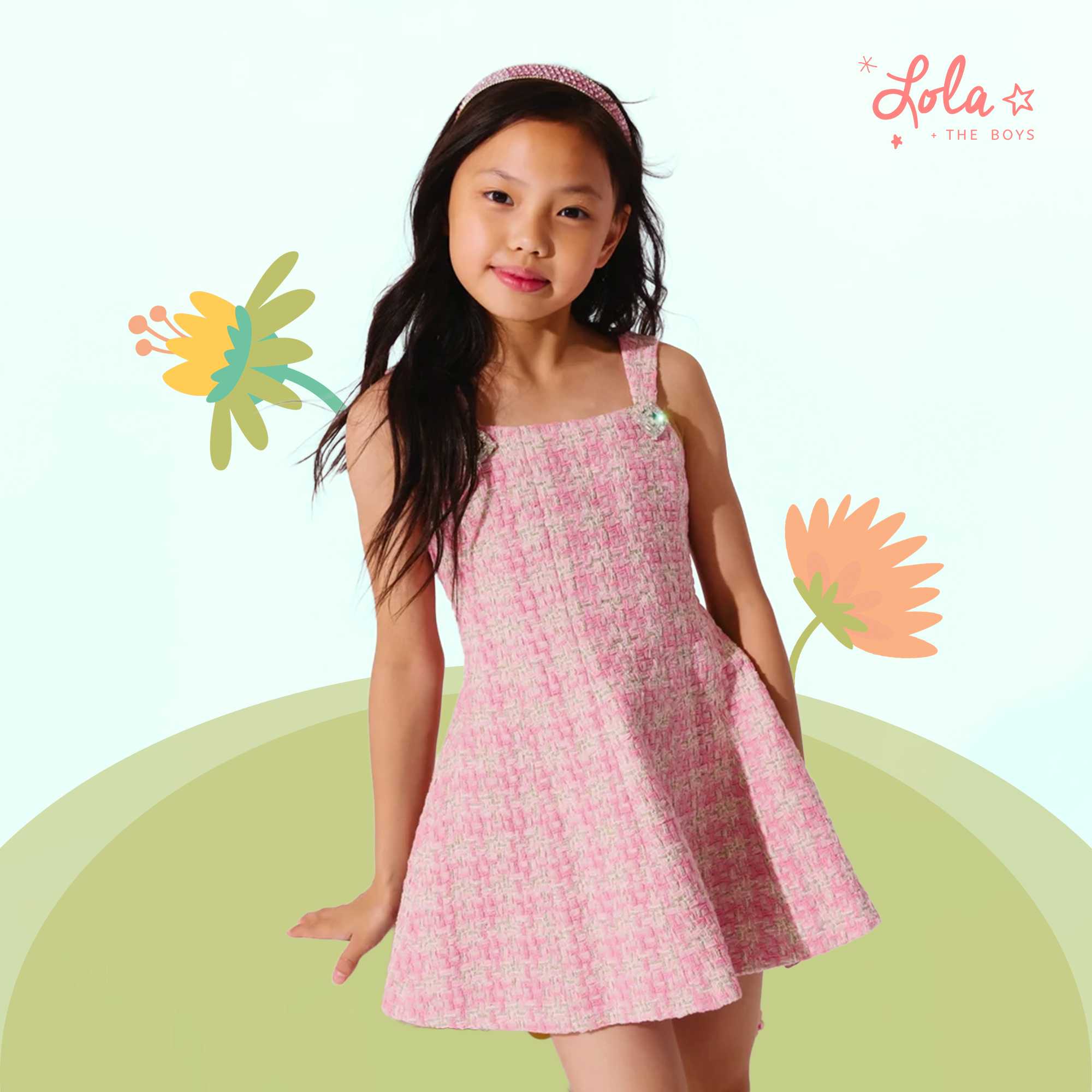Your Cart is Empty
Managing Seasonal Allergies - Kids' Clothing Tips for Parents
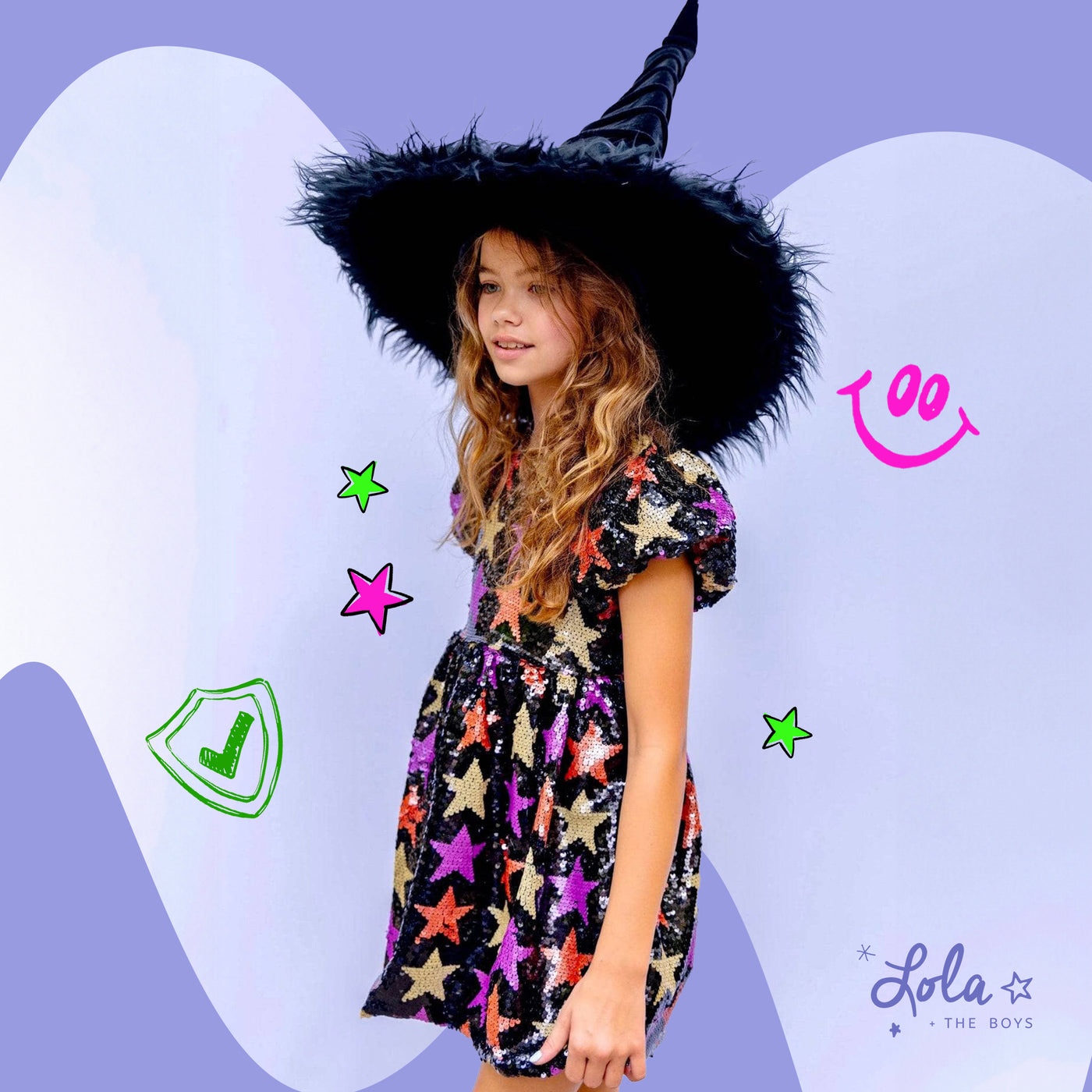
It's well-known that the average child laughs about 300 times a day—no kidding. Now, imagine half of those laughs being interrupted by sneezes! Seasonal allergies can turn a beautiful day into a sneeze-fest. But don't worry, we've got you covered. With our stylish tips and tricks, your little ones can tackle those allergies head-on while looking fabulous.
How Clothing Can Help Manage Allergies
Seasonal allergies, often caused by pollen from trees, grass, and weeds, can be particularly bothersome for children. Symptoms might include sneezing, runny nose, itchy eyes, and even skin rashes. While we can’t eliminate allergens from the environment, we can make smart choices in our kids' clothing to help reduce exposure and provide some relief.
Clothing acts as a barrier between your child's skin and the environment. Here's how the right outfits can be a game-changer:
- Full-Coverage Outfits: Long sleeves and pants act as a barrier between your child's skin and airborne allergens.
- Breathable Fabrics: Natural materials like cotton help keep the skin cool and reduce irritation.
- Layering Techniques: Layers not only offer style but can also trap pollen particles, making it easy to remove the outer layer when coming indoors.
- Hats and Sunglasses: Accessories like hats and sunglasses can protect your child's face and eyes from direct contact with pollen.
- Hypoallergenic Materials: Clothing made from hypoallergenic fibers can minimize skin reactions and enhance overall comfort.
Choosing the right clothing can make a substantial difference in managing seasonal allergies, allowing your child to enjoy their day without constant discomfort. With thoughtful selections, you can turn allergy season into just another season to have fun.
Essential Tips for Keeping Allergens at Bay
Proper clothing choices can significantly reduce allergen exposure and improve comfort. Here are some essential tips to further minimize allergen exposure through smart clothing choices:
1. Daily Clothing Changes
- If your child spends time outdoors during school, have them change clothes when they come home to avoid bringing pollen inside.
- Changing into fresh pajamas before bed can prevent allergens from affecting sleep quality.
2. Protective Outerwear
- On cooler days, ensure your child wears jackets or coats that can be easily removed when coming indoors. Check out our chic Unicorn Bomber Jacket which is perfect for this purpose.
- Rainy weather can help wash away pollen, making raincoats and boots a great addition to your child's wardrobe during allergy season.
3. Hypoallergenic Detergents
- Use detergents that are free from dyes and fragrances to prevent skin irritation. Brands like All Free Clear or Seventh Generation are excellent choices.
- Running an extra rinse cycle can ensure all detergent residues, which might cause skin irritation, are thoroughly removed.
4. Regular Bedding Washes
- Washing bedding at least once a week in hot water can kill dust mites and remove pollen.
- Encasing mattresses and pillows with allergen-proof covers can prevent allergens from accumulating.
Implementing these clothing strategies can greatly enhance your child's comfort and health during allergy season. With thoughtful planning and proactive measures, you can create a more allergy-friendly environment for your family.
Practical Fashion for Active Kids
Active kids need clothing that allows them to run, jump, and play while keeping allergens at bay. Here are some practical fashion tips:
Sporty Outfits
- Breathable Activewear: Opt for moisture-wicking fabrics that keep the skin dry and comfortable during physical activities.
- Quick-Change Options: Keep a set of spare clothes in their sports bag, so they can change out of sweaty clothes immediately after the activity.
Footwear Choices
- Closed-Toe Shoes: Closed-toe shoes protect feet from direct contact with allergens on the ground. Our trendy Midnight Sneakers are perfect for any adventure.
- Washable Shoes: Choose shoes that can be easily cleaned to remove any collected pollen or dirt.
Accessorize Wisely
- Fashionable Masks: Masks can be a fun addition to your child’s wardrobe, especially during high pollen seasons. Look for ones with cute patterns and designs that your child will love to wear.
- Hair Accessories: Keep long hair tied back with stylish hair ties or headbands to prevent pollen from getting trapped in the hair.
Seasonal Swaps
- Transition Pieces: Have transitional pieces that work for varying weather conditions. Our Sequin Star Dress is perfect for layering over leggings or under a cute jacket.
- Light Layers: Light layers can be added or removed throughout the day to adjust to temperature changes and pollen levels.
Fun Overalls and Jumpsuits
- All-in-One Protection: Overalls and jumpsuits provide full coverage and make it easy to limit skin exposure to allergens. Try our adorable Unicorn Magic Jumpsuit for a trendy yet practical choice.
- Easy Movement: These pieces allow for easy movement and play, making them perfect for active kids.
Stylish Sweaters and Hoodies
- Layer Up: Cool mornings and evenings call for cozy layers. Our Goldie Sequin Hoodie is both comfortable and protective against allergens.
- Versatile Pieces: Hoodies and sweaters are versatile and can be worn alone or layered under jackets.
Choosing the right clothing can help your active kids stay comfortable and protected from allergens while they play. With these practical fashion tips, you can ensure they have the freedom to enjoy their activities without compromising on safety or style.
Maintaining an Allergen-Free Home Environment
In addition to smart clothing choices, maintaining an allergen-free home environment is crucial for your child's health.
- Post-Play Cleanup: Encourage your child to wash their hands and face after playing outside to remove pollen.
- Bath Time: Regular baths can help wash away allergens from the skin and hair, reducing nighttime symptoms.
- Vacuum Regularly: Use a vacuum with a HEPA filter to trap allergens effectively.
- Air Purifiers: Consider using air purifiers in your child's bedroom to reduce airborne allergens.
- Clean Bedding: Wash your child's bedding weekly in hot water to eliminate dust mites and other allergens.
- Keep Windows Closed: Keep windows closed during high pollen seasons to prevent outdoor allergens from entering the home.
- Dust Frequently: Use damp cloths to dust surfaces, as dry dusting can spread allergens into the air.
- Pet Care: If you have pets, bathe them regularly and keep them out of your child's bedroom to minimize pet dander.
- Humidity Control: Maintain indoor humidity levels between 30% and 50% to inhibit the growth of mold and dust mites.
- Shoe-Free Zones: Establish shoe-free zones indoors to prevent outdoor allergens from being tracked inside.
- Wash Toys: Regularly wash soft toys and clean hard-surface toys to remove allergens.
Implementing these home environment strategies alongside smart clothing choices helps create a safe haven for your child. A comprehensive approach ensures they can enjoy their daily activities with minimal exposure to allergens.
Shopping at Lola and the Boys
At Lola and the Boys, we understand that managing seasonal allergies can be a challenge. That’s why our stylish and comfortable clothing line is designed to help protect your little ones while keeping them trendy. From playful prints to cozy layers, we've got everything you need to create an allergy-proof wardrobe. Shop our collection today at Lola and the Boys and let your kids enjoy the season in style!
Final Thoughts: Managing Seasonal Allergies with Kids' Clothing
Choosing the right clothing can significantly reduce your child's exposure to allergens. Opt for breathable, moisture-wicking fabrics and consider layering to adjust to changing weather conditions. Regularly washing clothes and keeping shoes clean can help minimize allergen build-up. These simple steps can make a big difference in managing your child's seasonal allergies effectively.
